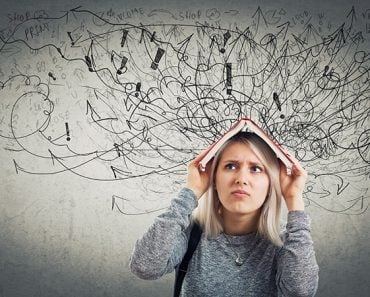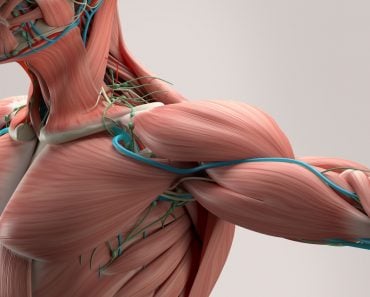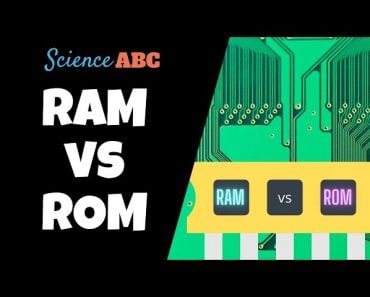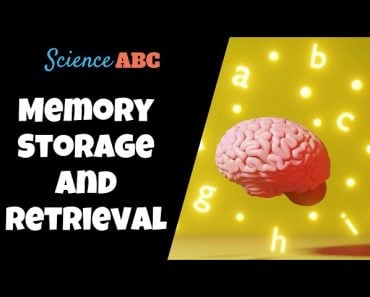Memory is formed in three main steps: encoding, storage and retrieval. Memories can either be short-term memories or long-term memories. Important information is stored in the brain via physical and chemical changes, with the strengthening or weakening of connections between neurons reflecting new memories. They’re initially formed in the hippocampus, and then transferred to cortical regions for long-term storage.
Have you ever wondered what life would be like if you couldn’t remember? Sure, you could forget that bad breakup or the time you called your teacher ‘mom’, but it would wreak havoc in your daily life. Imagine preparing for an exam if you couldn’t remember anything at all. It would be a nightmare to wake up to the consequences every morning.
The truth is that memory is crucial for adaptive survival. You can remember past experiences and (hopefully) learn from them.
However, the act of remembering is a complex process. While you may vividly recall childhood experiences, you might struggle to remember what you had for breakfast 2 days ago.
Several factors influence how strong a memory will be. Consequently, some memories are stored for a lifetime, while others last for only up to a few seconds. Let’s take a closer look at the process of memory to understand the factors that influence its formation and recall.
Recommended Video for you:
The Three Stages Of Memory
Scientifically, memory is described as the psychological process of acquiring, organizing, storing, and eventually retrieving information. There are three main steps to memory processing:
- Encoding. This is the first stage and refers to the process through which information is taken in, perceived, and altered to “fit” into storage. Comparable to how a librarian categorizes books to make the process of locating them easier, encoding ensures data is organized and altered to be stored effectively.
- Storage. Following encoding, the brain determines the significance of information and decides how long to retain it. Memory is divided into short-term and long-term categories, with short-term memories lasting up to 30 seconds and long-term memories capable of indefinite storage.
- Retrieval. Lastly, the process of accessing the stored information to recall your memories when needed is defined as retrieval.
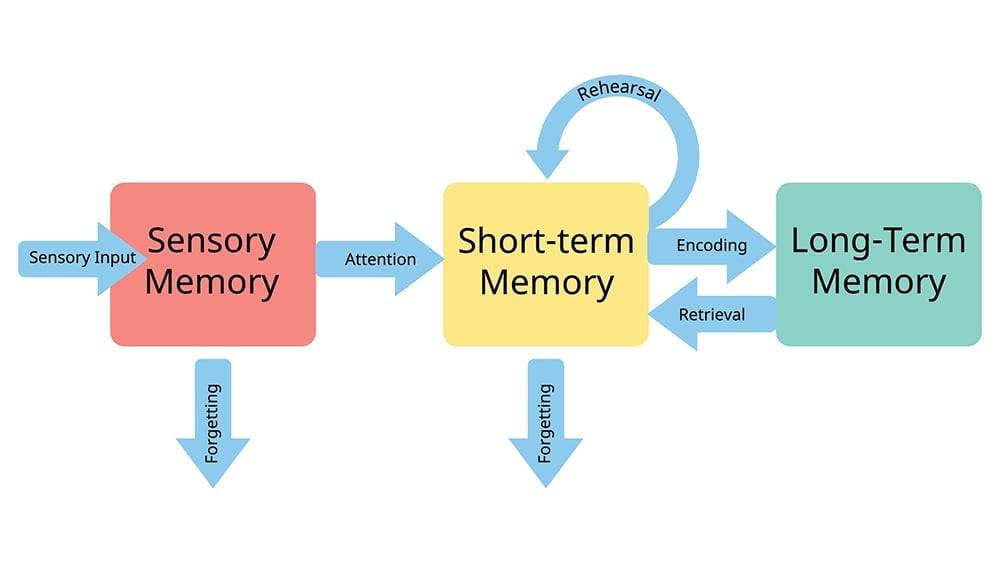
What Do Memories Look Like?
When we consider memory, we often conceptualize it as a process, rather than a tangible entity, but does it have a physical presence?
Research indicates that memory manifests in physical or chemical changes during learning. These alterations include changes in the connections between neurons, with the formation of new memories leading to structural adjustments in neuronal networks, such as strengthening some synapses while weakening others.
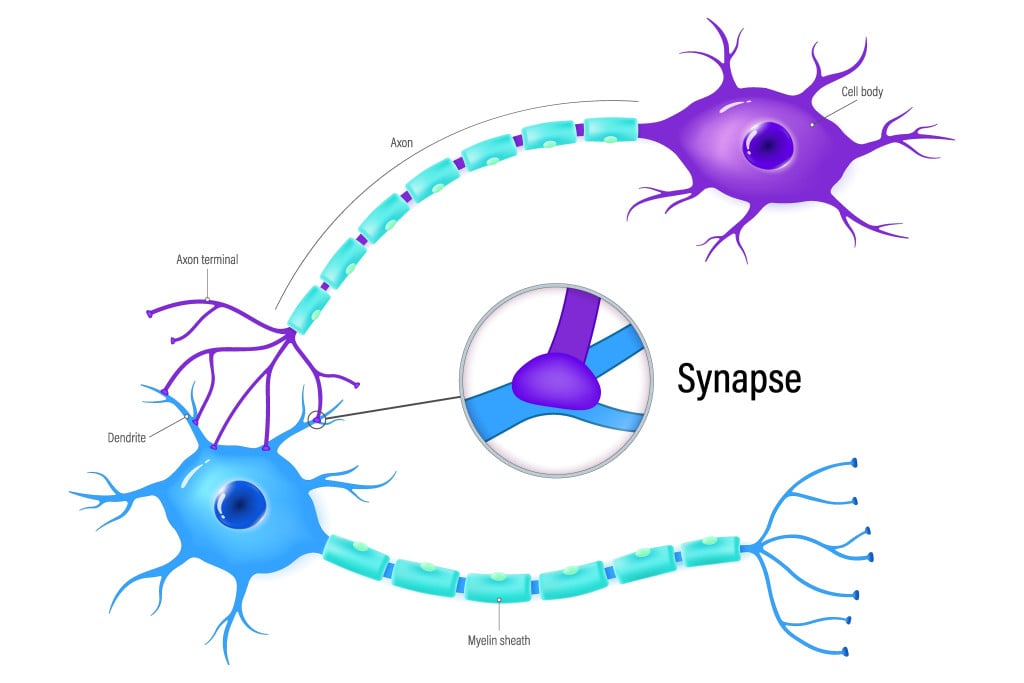
However, where do these changes occur in the brain? In other words, which brain regions harbor memories?
Where Are Memories Stored?
The case of Henry Molaison, a patient who underwent brain surgery to address seizures, provided early insights for neuroscientists regarding memory storage. Following a surgery that removed a portion of his brain, Molaison experienced permanent amnesia, and was unable to form any new memories post-surgery. However, he did retain many of his older memories. Scientists then concluded that learning and memory can be tied to distinct brain regions.
The brain region removed during surgery consisted of the hippocampus, which is located in the temporal lobe. This pointed toward the fact that the hippocampus and its surrounding regions are involved in forming new memories.
However, since the patient could recall older events, it indicated that memories, though initially formed in the hippocampus, are eventually transferred to other brain regions for longer-term storage. Subsequent research revealed that these memories are transferred to cortical regions, where they are stored for extended periods, and that this process can take up to several days.
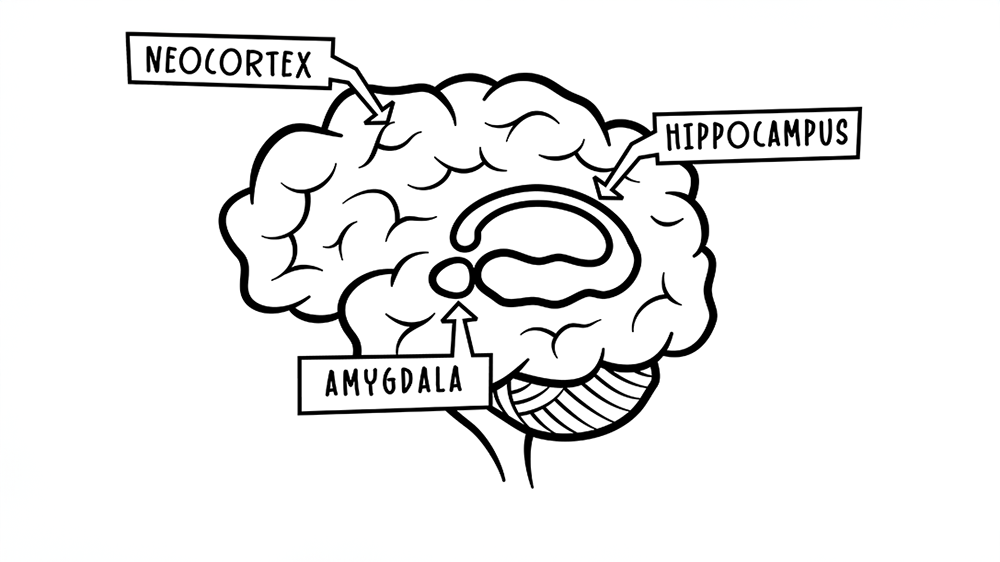
We later discovered that the amygdala imbues memories with emotions, thus strengthening our memories. From this, scientists concluded that the interaction between three brain regions—the hippocampus, cortex, and amygdala—is pivotal in determining the longevity of memories.
Molecular Basis Of Memory Strengthening
Even with these new revelations, scientists remained puzzled regarding the strengthening of memories.
The process of memory storage in the cortex takes up to several days, but the proteins required to form memories have a short half-life and usually break down after less than an hour. How does memory then “mature” after the proteins required to make it disappear?
A study published in Neuron answered this question. The researchers identified a feedback loop in which some of the molecules of memory-building proteins were targeted to the gene from which they were synthesized. These molecules reactivated the gene, initiating another cycle of protein production, followed by multiple other cycles initiated due to repeated feedback.
The proteins produced then accumulated at certain “hot spots” at the synapse (a connection between two neurons) and cemented the memory. At this stage, the memory is considered fixated or stored.
The Fragile Nature Of Memories
Before memories are stored in the cortex, they undergo a process called consolidation. Short-term memories require strengthening and stabilization before transitioning to long-term storage. Once consolidated, the memory is securely stored for the long term.
During the period between encoding and storage, the memories are fragile and susceptible to disruptions. These disruptions, whether pharmacological (induced by drugs), behavioral or molecular, can lead to weakened or incomplete memory formation. This interference may hinder memory retrieval and affect long-term retention. However, once stored without interference, memories become resilient and can be effectively recalled.
Retrieval Of Memory
Retrieving a memory involves accessing stored information. Our brain employs distinct circuits for memory formation and retrieval. Scientists have presumed that the same neuronal circuit would get activated during both processes. However, research revealed that during recall, the brain takes something of a detour from the circuit used for formation to access stored memories.
Moreover, short-term memory (STM) and long-term memory (LTM) also differ in their retrieval processes. STM relies on the sequential order of events, while LTM often relies on associations formed by the brain. For instance, hearing a familiar song can evoke memories of when you frequently listened to it, recalling emotions and details from that time.

Similar to the consolidation phase, retrieving a memory makes the memory vulnerable to disruptions. However, this vulnerability is crucial, as it enables the brain to reconstruct memories, while incorporating encoding information from recent experiences. In other words, your brain is updating the memory!
References (click to expand)
- How Memory Works | Derek Bok Center, Harvard University.
- Josselyn, S. A., & Tonegawa, S. (2020, January 3). Memory engrams: Recalling the past and imagining the future. Science. American Association for the Advancement of Science (AAAS).
- The Curious Case of Patient H.M..
- How are 'Strong' Memories Formed?.
- Das, S., Lituma, P. J., Castillo, P. E., & Singer, R. H. (2023, July). Maintenance of a short-lived protein required for long-term memory involves cycles of transcription and local translation. Neuron. Elsevier BV.
- Einstein Researchers Discover How Long-Lasting ....
- Bisaz, R., Travaglia, A., & Alberini, C. M. (2014). The Neurobiological Bases of Memory Formation: From Physiological Conditions to Psychopathology. Psychopathology. S. Karger AG.
- Memory formation and recall are very different processes.


